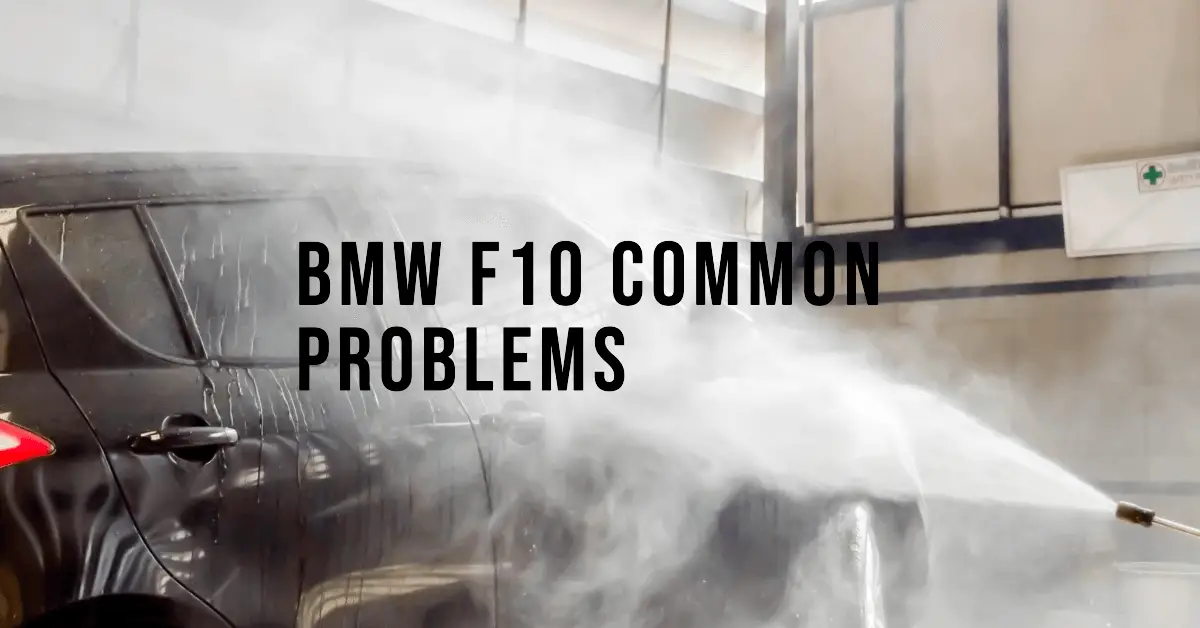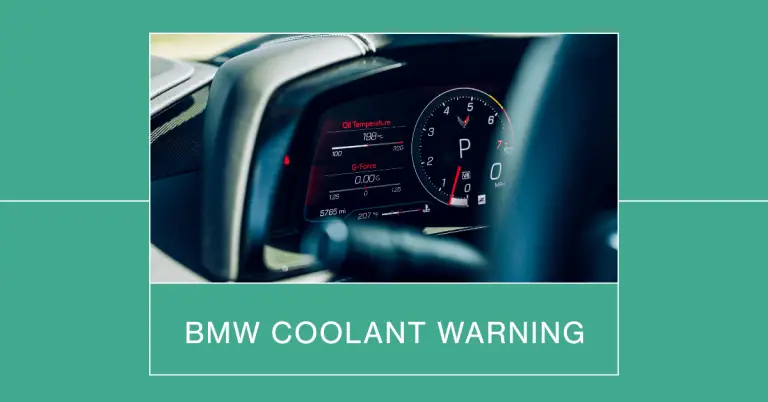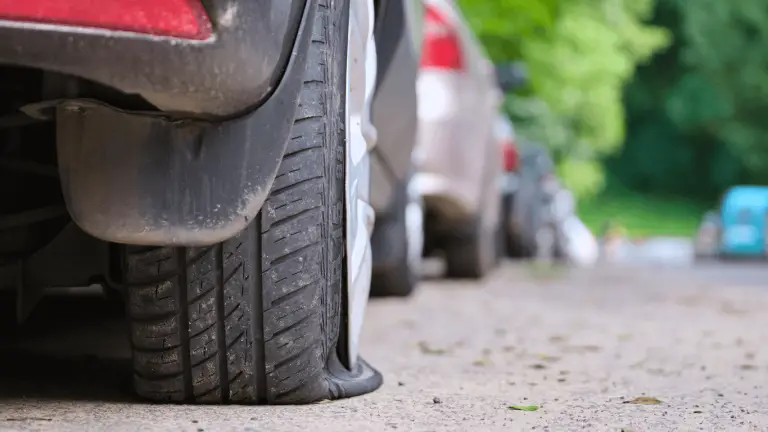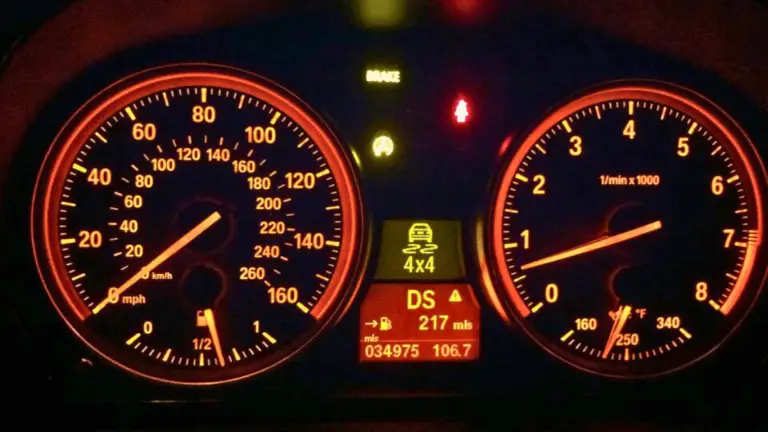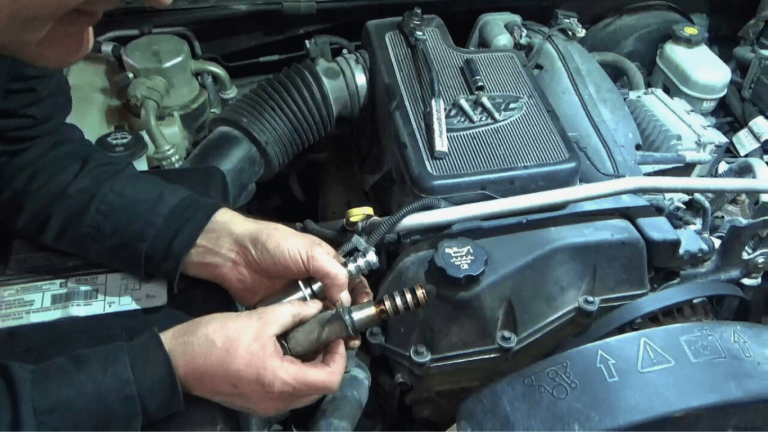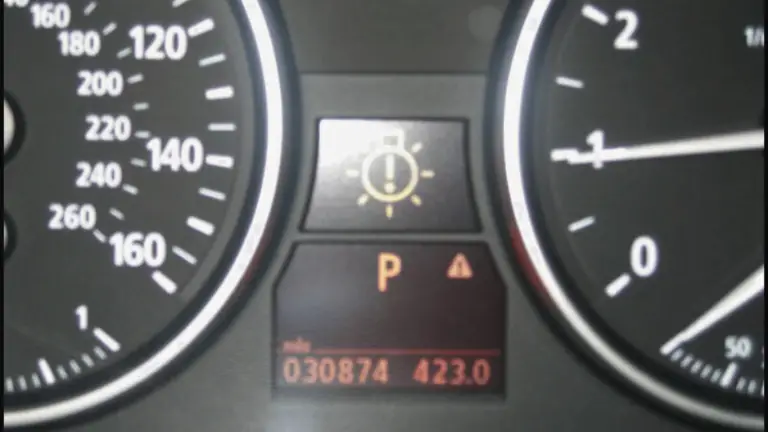BMW F10 Problems: Common Issues and Solutions
The BMW 5 Series has long been regarded as the ideal blend of driving performance, luxury, and practicality. Since its introduction in 1972, it has been one of BMW’s most popular model lines. The sixth generation BMW 5 Series, internally known as the F10, debuted in 2010 and represents one of the most technologically advanced 5 Series to date.
Over the last decade, the F10 has earned a reputation as a superb luxury sports sedan. However, as with any vehicle, the F10 is not without its share of flaws. So what are the most common BMW F10 problems owners deal with?
In general, the BMW F10 suffers from a few predictable issues including oil leaks, water pump failure, mass air flow sensor problems, electrical system gremlins, and suspension wear. However, the F10 remains a well-engineered vehicle that responds well to preventative maintenance and care.
In this detailed guide, we will uncover the most prevalent issues reported by F10 owners. You’ll learn typical maintenance costs, how to improve reliability through proactive care, and determine if the F10’s reputation for expensive repairs is deserved. Equipped with this information, BMW enthusiasts can better enjoy their F10 5 Series for years to come.
Overview of the BMW F10 5 Series
Before diving into common problems, let’s briefly overview the F10 generation. As the sixth iteration of the 5 Series, BMW focused heavily on improving fuel efficiency, safety, and technology with the F10.
Debuting at the 2009 Frankfurt Motor Show, the F10 entered production in 2010. It was initially available in rear or all-wheel drive with turbocharged six or eight cylinder engines. A plug-in hybrid model joined the lineup in 2012.
The F10 received a mid-cycle LCI (life cycle impulse) refresh in 2013 with styling updates, improved aerodynamics, and new tech features. Production ended in 2017 with over 1.4 million F10s manufactured, making it one of BMW’s highest volume models.
Overall, the F10 5 Series elevates the luxury sports sedan formula to new heights with precise handling, turbo power, and advanced technology. While not perfect, it continues to win over enthusiasts as an excellent blend of performance and luxury.
Most Common BMW F10 Problems
Without further ado, let’s outline the most prevalent issues reported by F10 owners and forums. Paying attention to these problem areas will help you make informed maintenance and repair decisions.
1. Oil Leaks
One of the most widespread problems on the F10 across all model years are oil leaks stemming from the valve cover gasket, oil filter housing gasket, and oil pan gasket. These leaks tend to appear after 50,000 miles as the factory seals and gaskets begin to break down.
Small leaks may go unnoticed at first. But over time, the drips can become more significant. Left unchecked, the F10 may begin burning or losing oil at an accelerated rate.
Oil leaks present a few headaches:
- Unsightly oil drips in your driveway
- Potential engine damage if low oil is left uncorrected
- Annoying oil change warning lights coming on
Replacing the valve cover gasket, oil filter housing gasket, and oil pan gasket at the first sign of leakage can help nip this problem in the bud. Better yet, some owners proactively replace these seals around 50k miles before any leaks develop.
Gasket replacements typically run $450-800 in total parts and labor. While not inexpensive, it pales in comparison to the cost of a damaged engine.
2. Water Pump and Thermostat Failure
Another common problem area on the F10 is premature failure of the water pump and thermostat, typically before 50,000 miles in many cases. This issue seems most pronounced on 2012-2017 model years.
The water pump circulates coolant through the engine, while the thermostat controls coolant flow to regulate operating temperature. Failure of either component can quickly lead to overheating.
Symptoms of a bad water pump include:
- Coolant leaks
- Engine overheating
- Whining or squealing noises
Faulty thermostat issues include:
- Erratic temperature gauge readings
- Poor heater performance
- Engine taking longer than normal to warm up
Many F10 owners elect to replace their water pump and thermostat proactively around 50k miles before issues arise. Choosing an upgraded aluminum water pump and low-temperature thermostat from a reputable aftermarket brand seems to yield the best longevity.
Expect to pay around $800-1200 for parts and labor on this preemptive maintenance item. It’s costly upfront but pales in comparison to the price of overheating engine damage.
3. Mass Air Flow (MAF) Sensor Failure
The mass air flow (MAF) sensor is a frequent failure point on the BMW F10. This critical engine management component measures the volume and density of air entering the intake manifold. The ECU uses this data to balance fuel mixture.
Symptoms of a failing MAF sensor include:
- Check engine light coming on
- Poor engine performance and acceleration
- Rough idle
- Reduced fuel economy
MAF sensor failure typically shows up between 60k-100k miles. Replacement Bosch units run $250-350 for parts, plus 1-2 hours of shop labor. Cleaning the sensor may provide temporary relief but a new MAF is often required.
Some F10 owners choose to install a larger diameter cold air intake with a high flow MAF sensor. This modification may provide some reliability improvement along with added horsepower.
4. Battery and Electrical System Issues
Electrical system problems seem more prevalent on the F10 compared to other BMW models. The factory battery is often cited as needing replacement every 2-3 years. Some owners upgrade to an absorbed glass mat (AGM) battery for longer life.
Other common electrical issues include:
- Faulty alternator
- Terminal and ground connection problems
- Failure of individual computer modules and sensors
Symptoms of electrical gremlins may include:
- Dead battery or repeated jump starts needed
- Battery and charging system warning lights
- Electrical components intermittently malfunctioning
Replacing worn parts like the alternator and battery mayProvide temporary relief. But electrical issues can be tricky to isolate. Thorough diagnosis and repair by a shop familiar with BMW electronics may be required. Costs add up quickly.
5. Suspension and Steering Component Wear
While the F10 delivers precise steering and handling for a 4,000 lb sedan, suspension and steering components do wear out over time.
Around 100k miles, sagging springs, creaking ball joints, and worn control arm bushings manifest in symptoms like:
- Excessive vibration through the steering wheel
- Clunking noises over bumps
- Uneven tire wear
- Poor wheel alignment
Common problem suspension parts include:
- Lower control arm bushings
- Tie rod ends
- Ball joints
- Shock absorbers and mounts
- RTAB’s
A full suspension refresh at 100k miles with replacement of any tired components is recommended. This extensive repair can run $2000-3000 but restores factory dynamics. Given the cost, inspecting and replacing parts earlier when wear is first evident pays dividends.
What is the Maintenance Schedule and Costs for BMW F10?
Consistent maintenance according to BMW factory recommendations is crucial to longevity and minimizing problems. Here are the major service intervals and costs:
- Oil change – Every 10,000 miles or 1 year, whichever comes first. Uses synthetic oil. $80-150.
- Brake fluid flush – Every 2 years. Prevents corrosion and maintains braking performance. $130.
- Coolant flush – Every 4 years. Replaces degraded coolant. $180.
- Transmission fluid change – Every 60,000 miles. Prevents premature transmission failure. $450.
- Spark plugs – Around 60k miles. Replace worn plugs for smoother performance. $600.
- Timing chain – Around 100-120k miles or if rattling noise is heard. Critical for engine timing. $2000.
- Tires – Rear tires may last 15k-20k miles due to high power. Budget $600 per set installed.
- Brakes – Performance pads and rotors required every 30k miles. $800.
- Battery – Typically lasts 2-3 years in the F10. More frequent in cold climates. $200.
Budget approximately $1200 per year in scheduled maintenance to keep your F10 running reliably. Additional unscheduled repairs for issues outlined previously will also be likely.
While no means exorbitant, do expect slightly higher operating costs than a mainstream brand. The F10 still delivers rewarding driving dynamics that help justify maintenance costs for enthusiasts.
Tips to Improve BMW F10 Reliability
The F10 5 Series responds very well to attentive care and preventative maintenance. Here are some tips to help improve longevity and reliability:
- Follow the factory maintenance schedule – Don’t cut corners on routine services. This is the #1 thing you can do to prevent problems.
- Address leaks quickly – Oil leaks, coolant leaks, ATF leaks. Small problems grow bigger if left unchecked.
- Replace common failure parts early – Be proactive on items like the water pump, thermostat, battery, etc before they strand you.
- Use quality parts – Stick with OE supplier parts or reputable aftermarket brands. Don’t cheap out on no-name components.
- Upgrade problem parts – Consider improved aftermarket versions of components like the water pump and thermostat known to fail.
- Practice smooth driving – Avoid excessive idling and hard launches which increases wear. Let the engine warm up before high RPMs.
- Install an oil catch can – Reduces blow-by vapors to the intake which can prolong engine life.
- Address vibrations immediately – Determine the cause of any new vibrations right away before it cascades into a larger problem.
Staying vigilant and addressing issues early is crucial. Given the F10’s complex electronics, having a trusted independent BMW specialist mechanic can also pay dividends long-term.
Are BMW F10 Repairs Expensive?
There is no sugarcoating that maintenance and repairs on German luxury vehicles carry premium costs. Some reasons include:
- High-performance components have more wear
- Complex electronics and sensors
- Tighter tolerances require precise adjustments
- Advanced materials cost more than economy car equivalents
- Brand name tax at dealerships
However, the F10 is not the most problematic BMW nor exceedingly unreliable if maintained properly. Repairs for common issues outlined previously typically range from a few hundred dollars into the low thousands at most.
Larger repairs like engine or transmission replacements can potentially run $5000+, but those types of failures are no more likely than any other vehicle with 7 years and 100,000+ miles.
Do-it-yourself maintenance and choosing quality independent mechanics instead of the dealer can make F10 ownership more affordable. Overall, expect slightly above average but not exorbitant yearly costs.
Conclusion
The BMW F10 5 Series represents one of BMW’s most technologically sophisticated sedans ever produced. While not without a few common trouble areas, it continues to win over driving enthusiasts with its potent performance and luxury appointments.
Being aware of problem prone components can help F10 owners make informed decisions to improve reliability. Addressing issues promptly, practicing preventative maintenance, and choosing quality components pays dividends for minimized headaches down the road.
While operating costs are slightly higher than mainstream brands, the F10 rewards its drivers with a satisfying blend of power, comfort, and driving dynamics. Maintained diligently and driven enthusiastically, the F10 has the pedigree of a future classic.

